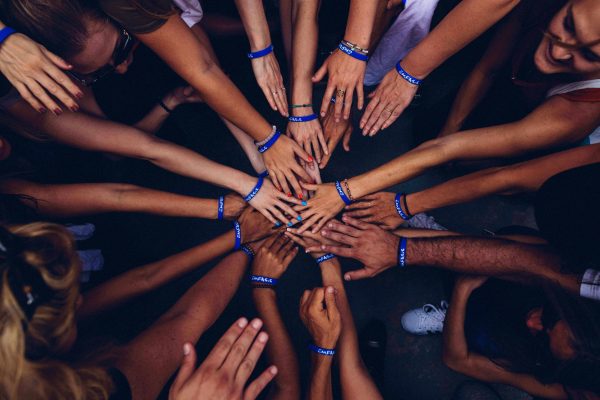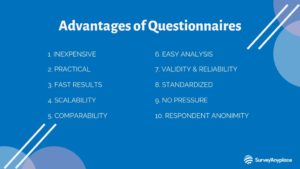Domestic Violence
Domestic Violence is an issue that is very prevalent, not only in the United States but in the entire world. It does not effect me personally, but I have heard many horror stories of relationship abuse from friends and family. I want to choose this issue because I believe that it is not spoken about enough, and that more awareness should be brought to this topic. I don’t necessarily have to narrow down this topic, but on my website I would put different aspects and categories that relate and correlate, such as warning signs, kinds of domestic violence, and how to get help. Domestic violence accounts for 15% of all violent crime, and though that may seem like a small percentage, one category taking up that much of the whole is very frightening. Yes, there are many historical perspectives of this issue and I will have to decide which historical view to use that goes along with the agenda I am trying to push. There are thousands of statistics online relating to domestic violence, and I will be using these to my advantage on the website.

Mental Health
Mental health is an issue that effects me personally, and many others in the community. I want to choose it because there is a huge stigma associated with it, and the stigma is even worse for certain types of mental illness. I do believe I would have to focus on one aspect, and that aspect would be the stigma and how to end it. There is a historical background to mental health and its awareness, and for that I would have to focus less on the stigma and more on the topic in general, so as to provide a better and more wide-covering history. Another aspect that I do want to cover in the history section is the history of mental hospitals and prisons, and how poorly patients and inmates would be treated when they first opened. Yes, there are statistics for mental health on the internet, but once again I would have to narrow down to one specific sub-category of the topic in order to find more accurate research.

Accessible Education
Accessible education has always been a hot discussion topic, with campaigns such as No Child Left Behind to go along with it. Now, with the pandemic that is taking place, school age children have to use a computer to finish their school year. To many this is seen as a breeze and an easily accomplished task, but for those without computers or even internet access, it is a nightmare. This issue does not effect me personally, but I do know many people in my home school district that are being negatively affected by the transition to online learning. I want to choose it because it is an issue that has been talked about in the past, but is now more prominent than ever. I think I can focus on the overall issue and still have a substantial amount of educational research. Yes, there is historical background to this issue. Though it may not be exactly the description that would fit the issue in today’s times, it is the overall principle that counts. I have not done too much intensive research on this topic, so I have not found many relevant statistics, but I am sure that once I look harder I will easily find some. 
https://ncadv.org/statistics
https://www.facebook.com/NEPADomesticViolenceAwareness/
https://www.customink.com/fundraising/break-the-stigma
http://etashasolutions.com/projects/wordpress/education-world-n-go/education-for-all/




